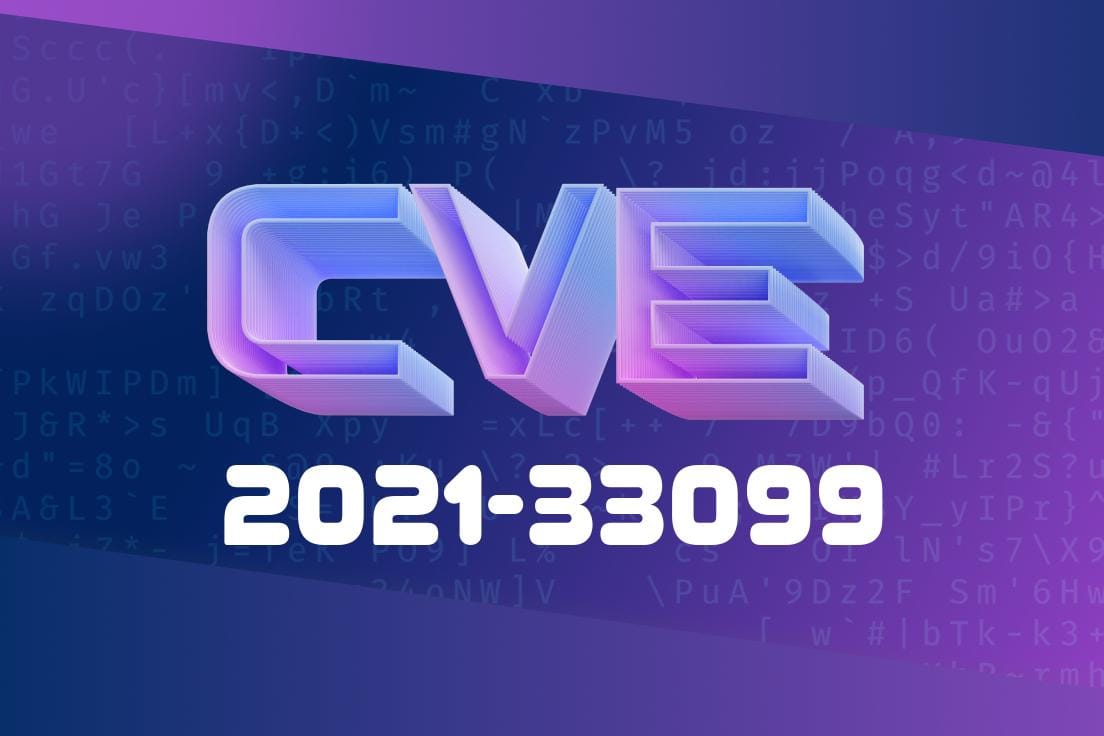TL;DR:
*CVE-2021-33099 never became an active vulnerability in the real world. This post explains why some CVEs get rejected, how that happens, and what the official status "UNUSED" actually means, with references and insight into the process.*
> CVE-2021-33099 -- REJECTED
There may be no details, no advisory, no exploit — just a “rejected” status. If you’re confused about what this means, you’re not alone! In this article, I’ll break down what happens behind the scenes when a Common Vulnerability and Exposure (CVE) entry is declared "unused," using CVE-2021-33099 as an example.
What is CVE-2021-33099?
Usually, the CVE numbering system catalogs and tracks publicly known cybersecurity vulnerabilities. Each CVE follows this pattern:
CVE-YEAR-NUMBER
But sometimes, after a number has been reserved, it’s not used. That’s what happened with CVE-2021-33099.
Official Entry
If you look up the official entry here on the CVE list, you’ll see only:
> "Reason: This candidate has been rejected by its editor. The record is now unused."
So, there’s nothing to patch, nothing to exploit, and nothing to worry about for your network. But, how does this happen?
Withdrawn by Reporter: Maybe the vendor or reporter second-guesses their submission.
CVEs are reserved early in the process, often before in-depth analysis is done. This "better safe than sorry" approach helps coordinate security research, but it means not every reserved CVE ends up being needed.
Investigation: They research, develop a patch, or publish details.
3. Review: Sometimes, it's discovered the vulnerability doesn’t exist, has already been cataloged, or isn't impactful.
Here’s what the minimal entry looks like in the public database
{
"cve": "CVE-2021-33099",
"status": "REJECTED",
"description": "This candidate has been rejected by its editor. The record is now unused."
}
You’ll see this format on Mitre's website and from other CVE feeds.
What’s the Impact on Users?
If you spot a "rejected" CVE in your scanning logs or vulnerability management dashboards, you can safely ignore it.
No vulnerability is present.
If software or tools reference CVE-2021-33099, it could be leftover from early reports or automated CVE synchronization.
Don’t panic over rejected or unused CVEs. They’re just artifacts of the tracking system.
2. Check official sources (like CVE.org) to confirm a CVE’s status.
Review advisories from your vendors and not just third-party feeds.
4. Use the existence of "REJECTED" CVEs as a reminder that vulnerability enumeration is a human process and subject to change.
References
- CVE-2021-33099 on CVE.org
- CVE FAQ: What does "REJECTED" mean?
- MITRE CVE Record
Conclusion
Not every CVE tells a dramatic story of hackers and critical flaws. CVE-2021-33099 is a perfect example: it’s simply a number on the bench, never called into the game because the supposed vulnerability didn’t materialize or was never applicable.
Next time you see an “UNUSED” CVE, you can be confident it poses no threat. Consider it background noise in the ongoing effort to keep our software and systems safe.
*If you’re curious about the CVE process or have questions about vulnerability management, reach out or leave a comment!*
Timeline
Published on: 02/23/2024 21:15:08 UTC
Last modified on: 09/04/2025 00:40:31 UTC
